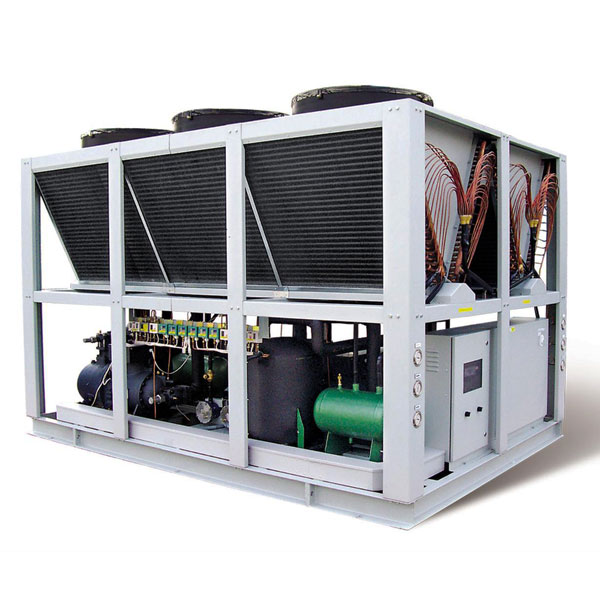Chiller maintenance during the winter is usually put on the back burner. But it shouldn’t be. This can cost you big money and potentially harm your employees. So, let’s talk about how to plan out your chiller maintenance during the winter months.
Have a Daily Record
A daily record of the chiller’s usage is the best way to track its performance. Be sure to note the temperatures, humidity and any work on the unit. If something is done on the system, you should note the hours worked. This will ensure that nothing is missed and allow you to know if the repair was done properly.
Keep Tubes Clean
Keeping the chiller’s condenser clean is very important. The condenser is a tube-type device and will work much smoother if kept clean regularly. You can use a soft brush and vacuum to eliminate any sludge or debris that may be collected in the tubes. Make sure to always blow out the condenser with compressed air after cleaning.
Treat Condenser Water
The condenser water can become acidic and corrode the unit. Make sure to get rid of this water and replace it with fresh water. You can add some anti-corrosive agents to the water to prevent the corrosion from occurring.
Decrease Entering Water Temperature
In order to reduce the amount of energy required for cooling, lower the temperature of the water that is entering the chiller. You can do this by increasing the amount of water and decreasing the flow rate. This will work great for large chiller systems with multiple compressors running.
Maintain Sufficient Refrigerant Charge
Make sure that the chiller is not being under-charged. The system depends on the refrigerant charge to be adequately poured and to be maintained properly. Use a charge meter to ensure that the chiller is not under-charged.
Check Operation of Starters and Motors
The operation of the chiller’s starters and motors is important. Ensure they are working properly before you put the system on. You can use pressure gauges to check if your motors are working properly. You can also use a hand-held temperature gauge.
Ensure That the Chiller Is Properly Sealed
All of the chiller’s joints should be sealed to prevent any form of outside air from entering. You can use a leak detector to see if the joints are properly sealed.
Have a Check Valve
A check valve is the best way to keep the water out of the chiller. The check valve will ensure that water does not get into the chiller and prevent damage and corrosion.
Use the Proper Refrigerant
There are different refrigerants, and only certain ones can be used on a chiller. Make sure that the refrigerant is safe and can be used on the system.
It’s important to keep a chiller running throughout the winter if you have one. Not only will it save you money, but it will also prevent any problems from occurring.
Be Winter-Ready!
Chillers are the life of a commercial refrigeration system. Without them, you will have no refrigeration. If your chiller breaks down, your business will feel it very quickly. In the wintertime and with the heavy load on your chiller, you may be more likely to have problems with chillers than any other season. So you need to create an action plan to protect your business with the help of the tips we listed here.
Are you looking for a chiller hire? London Climate Hire provides complete turnkey rental solutions in the UK, including London, Berkshire, Buckinghamshire, Essex, Hertfordshire, Kent, Surrey and Sussex. Contact us!

